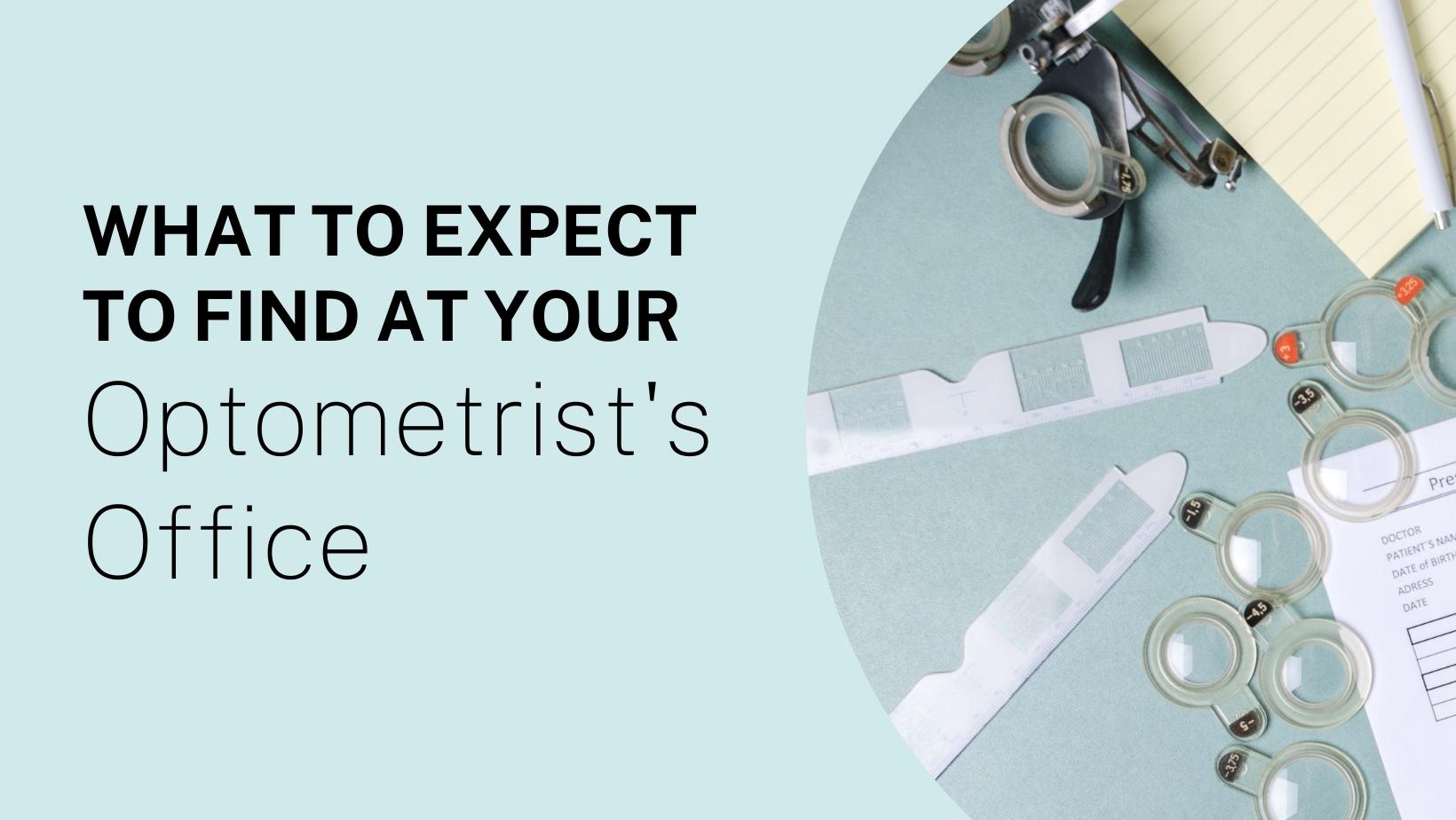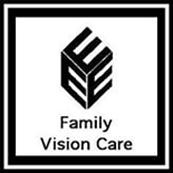Optometrist’s Office Tools and Machines
Tools and Machines You Will See in an Optometrist’s Office

Many people who do not frequently go to the eye doctor may not be sure what to expect when they go in for an exam.
Optometrist’s offices are filled with machines and gadgets that can look altogether alien to the untrained eye. But there’s nothing to be afraid of. All the machines you encounter go towards making sure patients’ eyes are healthy.
While some of the tests may be slightly uncomfortable, none of them will hurt in any way.
In this post, we will go over some of the machines you will encounter in a typical appointment with an optometrist.
Keep an Eye Out for these Tools
While you may not encounter all these tools and machines in a single visit, it’s a safe bet that you will use two or three of them.
Here are a few tools and machines you will encounter when you visit the eye doctor:
Snellen Chart
If you have ever seen an eye doctor’s office portrayed on a TV show or in a movie, you have seen a Snellen Chart. One of the most common tools around, a Snellen Chart is a poster that typically features a large bold “E” at the top of the poster, followed by a series of letters decreasing in size with each line. You will be asked to cover your right or left eye and read each line of decreasing size until you cannot decipher the letters.
The purpose of this test is to see how well you can see details from far away (known as visual acuity). A Snellen Chart compares your visual acuity with the average person’s. This is where the term 20/20 vision comes from.
Tonometer
The tonometer is another commonly known test. The purpose of a tonometer is to measure the pressure of the fluid within the eyeball. This pressure, also known as intraocular pressure, cannot be too high, or else a disease called glaucoma will develop.
The tonometer is a simple test that sends a puff of air into the open eye. This can be slightly uncomfortable, but it should not be painful.
Phoropter
“Better, or worse?”
The phoropter is one of the strangest-looking devices you will find in the eye doctor’s office. It is a simple tool used to measure refractive errors in the eye and determine what kind of glasses the patient needs (if their vision is poor enough to require glasses).
The doctor will have you look through the phoropter at a series of words or letters (often a Snellen Chart) and switch between two lenses. They will then ask you to identify which lens makes the letters easiest to read.
Ophthalmoscope
Less common than those listed above, the ophthalmoscope is a device that optometrists use to examine the interior of a patient’s eye. First, the doctor will dilate your pupils using special eye drops, then they will use the ophthalmoscope to shine a light into your eye and examine the retina at the back of the eyeball.
Better Vision for a Better Future
While not as common as a fear of dentists, many people are afraid of going to the optometrist. The foreign, complex machines can be intimidating to those who have never experienced them before. However, once you understand what each of these machines and tools do, they become much less intimidating.
The tools listed above are some of the most common that an eye doctor will use during your appointment. If you are in the office for a specific purpose, the doctor may use other tools.
If you are hesitant to book an appointment with your optometrist, keep in mind how impactful vision is to quality of life. The better your vision, the easier your daily life will be.
Reach out to Family Vision Care in Oxford, Ohio to schedule an appointment that puts your worries to rest and corrects your underperforming vision.
Dr. Jeffrey Collins has been practicing since 1989 and there is no better optometrist in the Cincinnati area.
